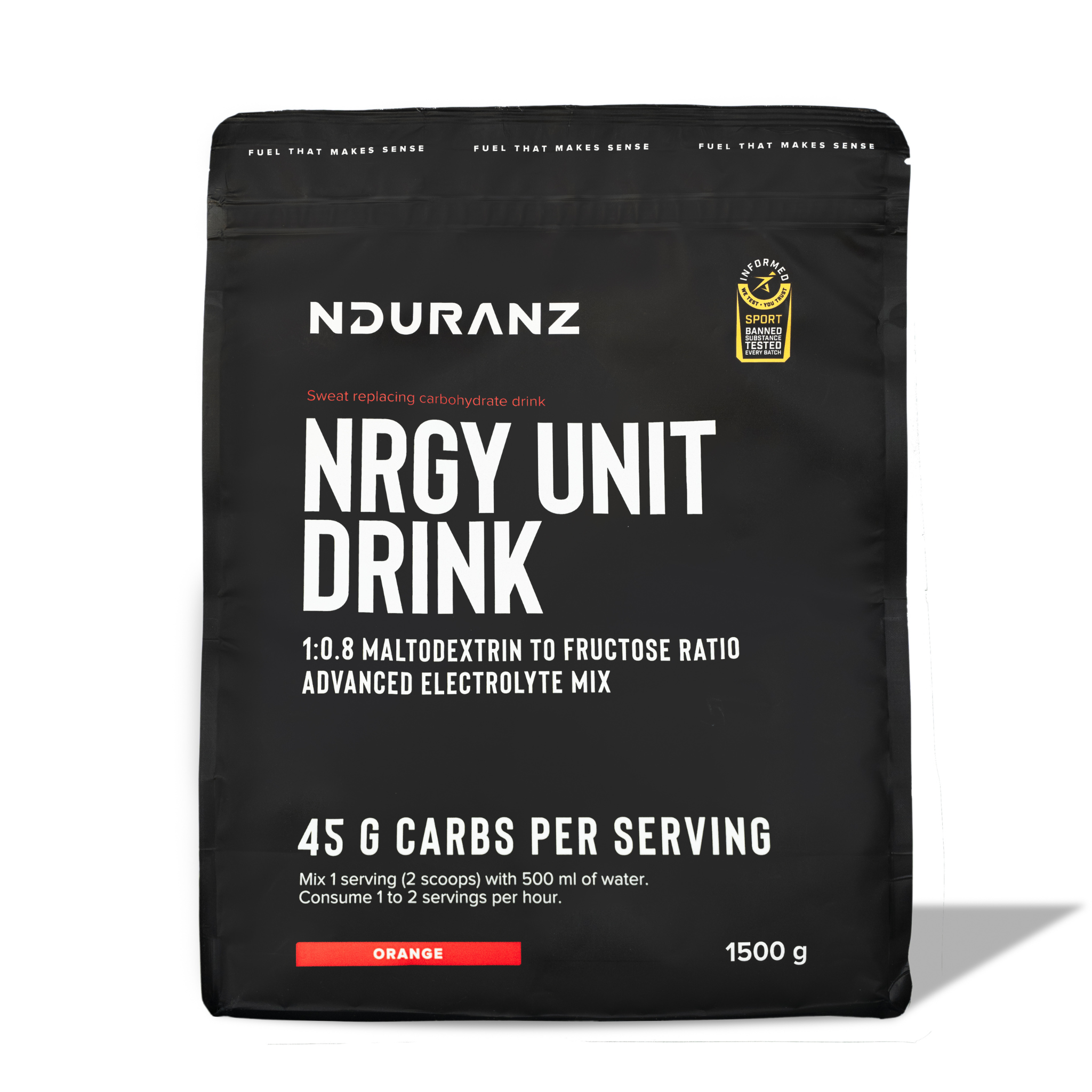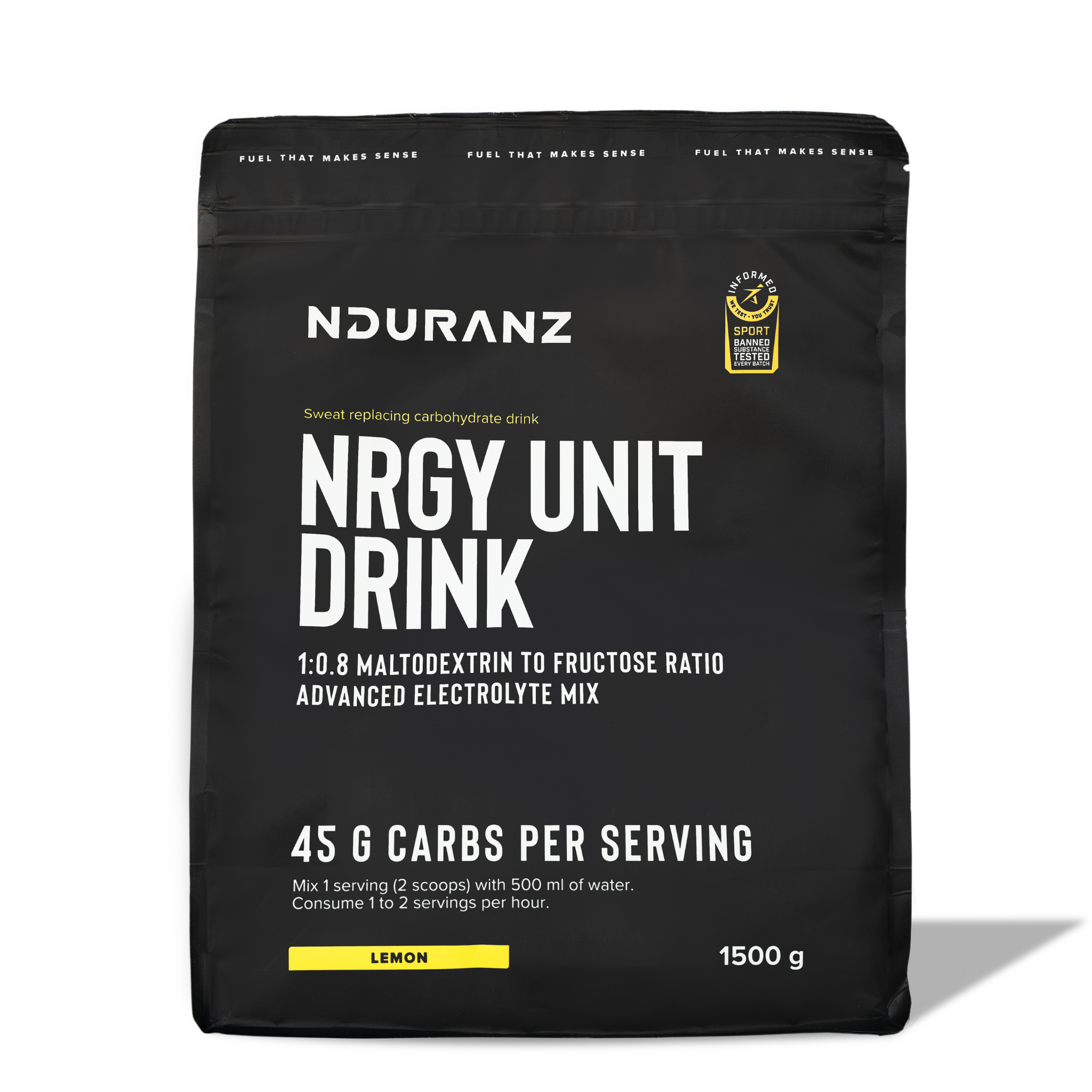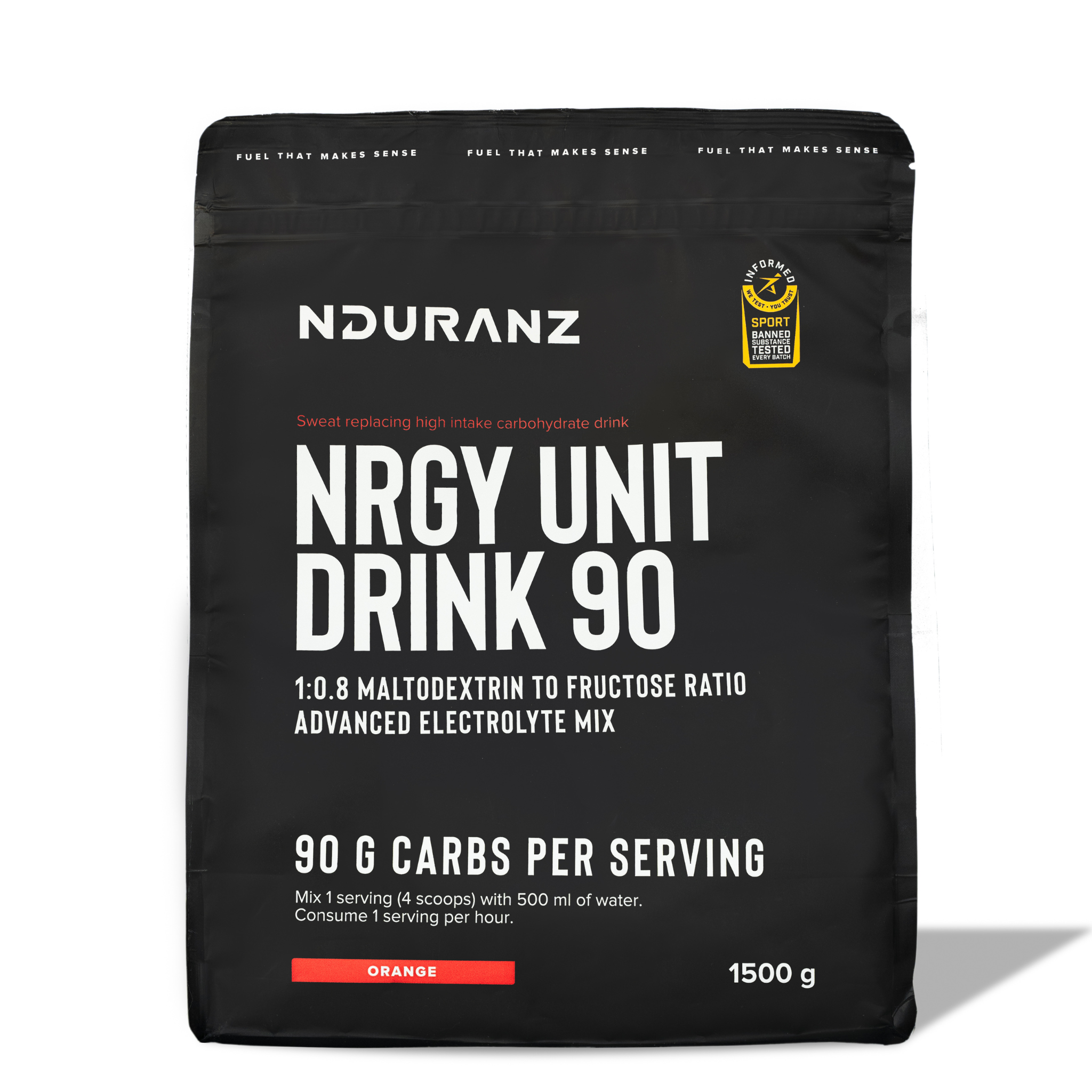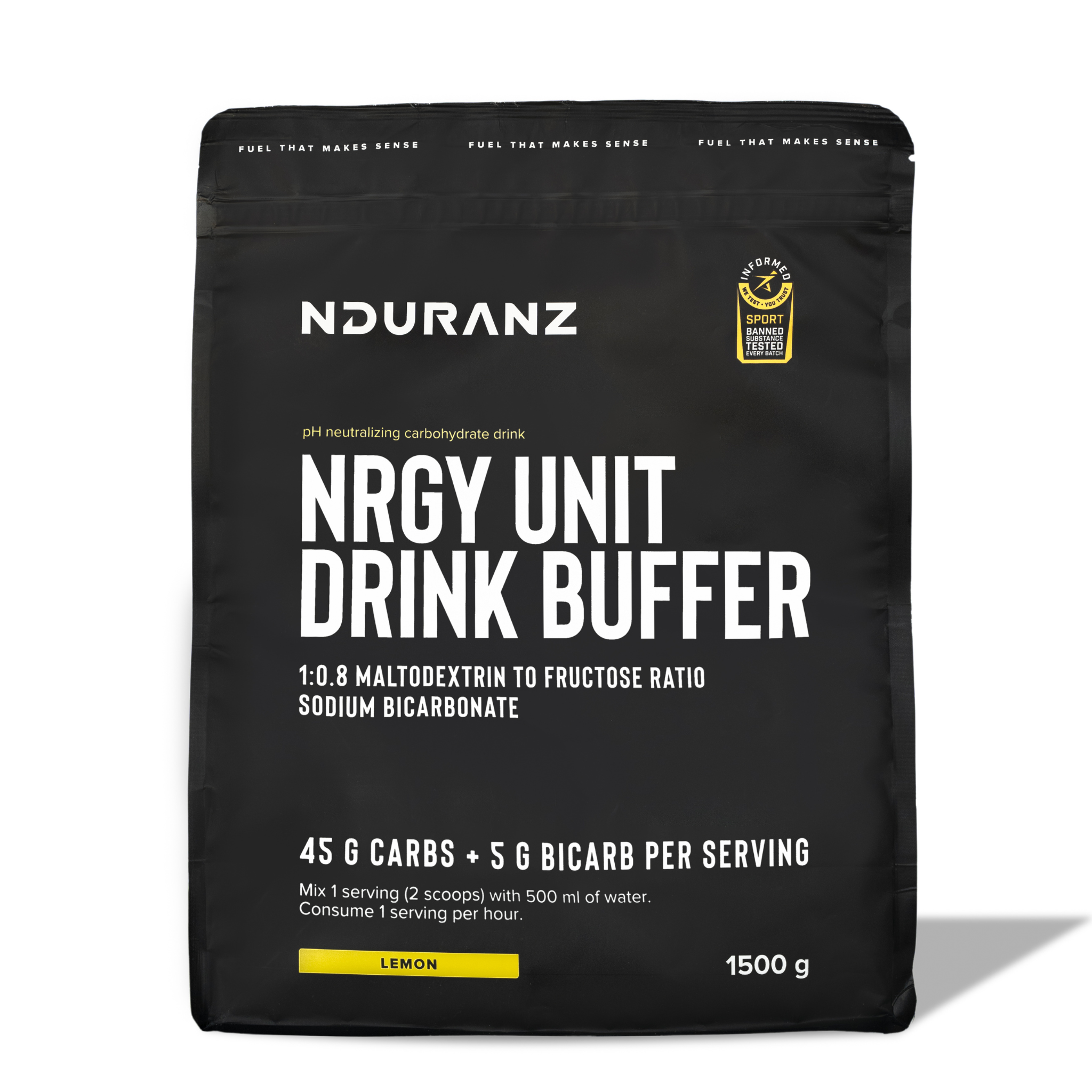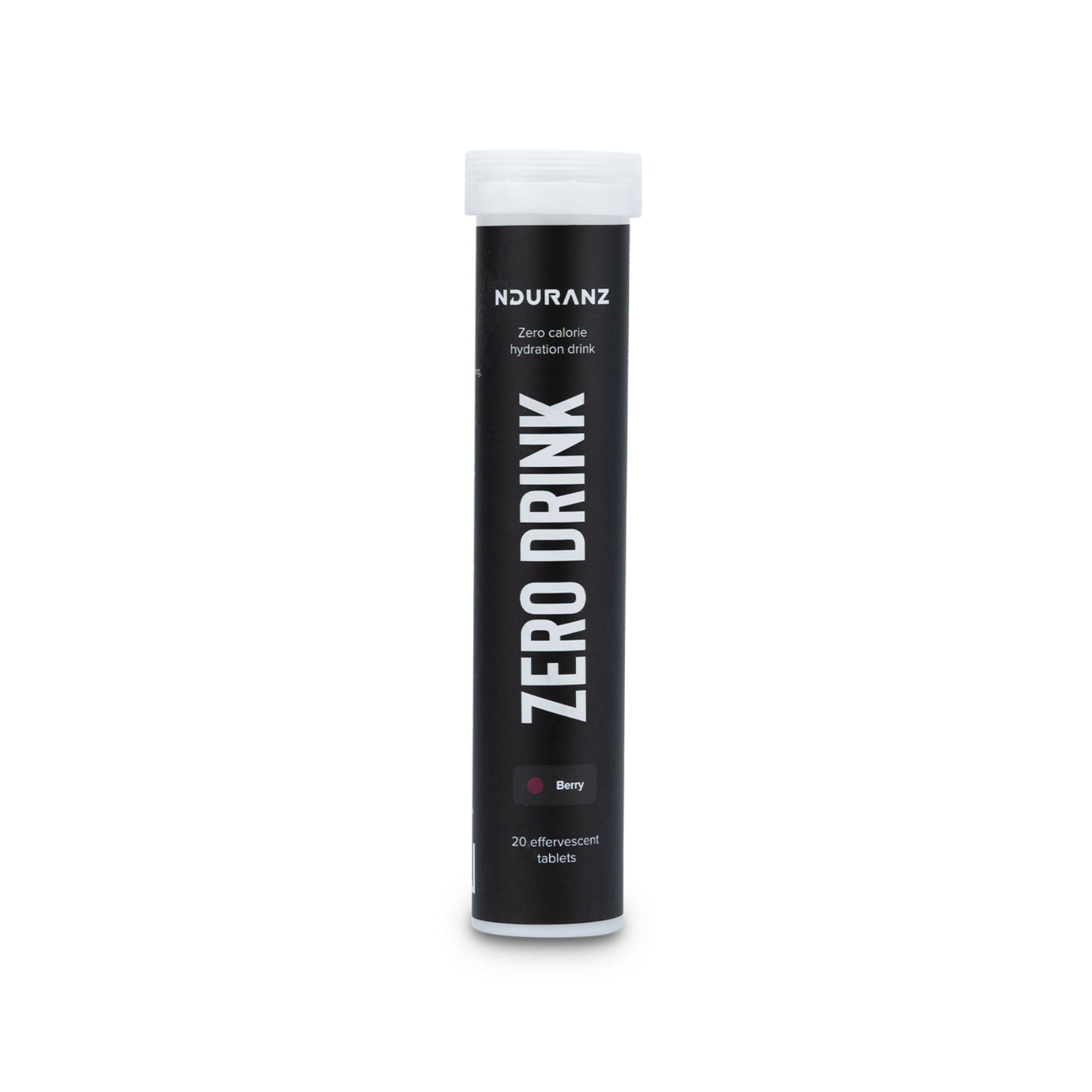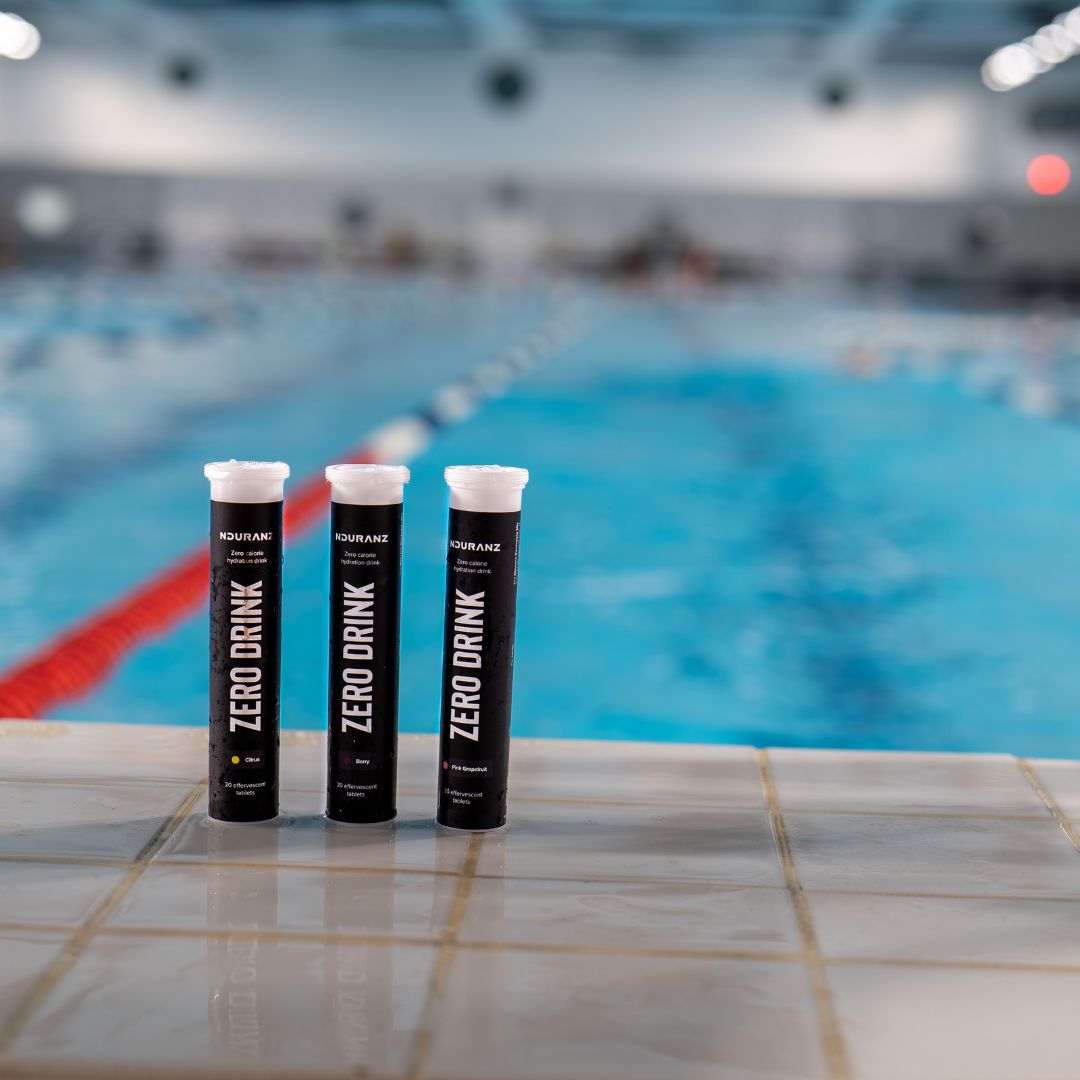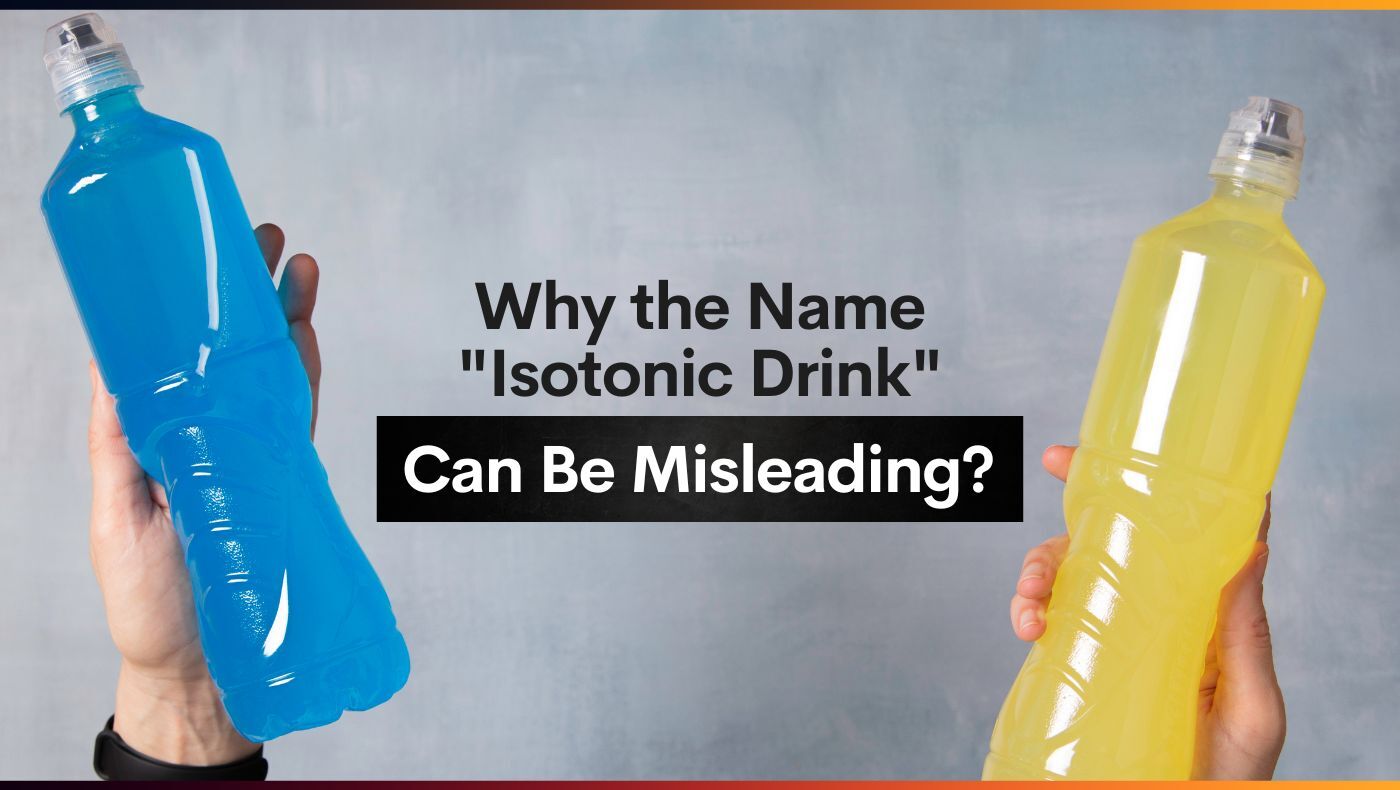Today we can get isotonic drinks in almost any store or gas station. Usually we associate isotonic drinks with sports activities and the idea that an isotonic drink replaces the salt lost with sweat and that it has the same concentration of salt as the blood plasma. Even if it all seems logical on the surface, things are not so simple.
Why drink something other than water during exercise?
Exercise requires energy. During long physical efforts there is a chance that we run out of carbohydrates (glycogen). When this happens, we "hit the wall" or "bonk", which are jargon terms among athletes for depletion of carbohydrate stores. To prevent this, we eat and drink carbohydrate containing products during exercise.
During exercise we also sweat, and with sweat we don't only lose liquid but also electrolytes (mainly salt). Therefore, it would make sense to add salt to the drink as well.
This leads us to the composition of sports drinks - water, sugar, and salt. Simply speaking.

Sports drinks are meant to provide energy in the form of sugar
What is an isotonic liquid?
Surely you remember the term 'passive movement of particles' from elementary school and high school - if you moisten a cloth on one side, the wet surface will soon expand due to the rule that particles move from where there is more of them to where there is less of them.
When we drink a liquid, the story of hydration has just started, as the liquid needs to enter the bloodstream from the digestive tract if we want it to do the job of hydrating us. Most of the liquid is transferred to blood especially due to the passive movement of particles. This means that some kind of "force" needs to be in place driving the water from the intestines into the bloodstream. And here the osmolality comes into play.
There are several substances dissolved in our blood - electrolytes, glucose, various lipoproteins, etc. If we were to drink only water, it would be easily transferred into the bloodstream as there is a natural tendency for the water to enter the bloodstream. The reason being that the concentration of those particles (we call them osmotically active particles) is higher in the bloodstream than in the intestines. In other words, there is a natural tendency to equalize the two different concentrations of liquid. With the movement of water from the intestines into the bloodstream, the concentration of the osmotically active particles would get reduced and on the other side, in the intestines, it should increase.

Water will naturally enter the bloodstream because the concentration of osmotically active particles is higher in the bloodstream than in the intestines
When discussing hydration, there are three types of fluids: hypotonic, isotonic, and hypertonic.
An example of a hypotonic liquid is water. The number of osmotically active particles is lower than in the liquid we compare it with.
A hypertonic liquid compared to water is blood - so exactly the opposite as above.
An isotonic liquid is the one in which the concentration of osmotically active particles is the same as in the fluid we compare it with.
So an isotonic drink should have the same concentration of osmotically active particles as blood, in which the passive movement of substances is a little inferior to that of hypotonic water but still possible. On the other hand, a hypertonic liquid could cause the opposite reaction - flowing of water back into the digestive tract. This is the theory at least!
Why an isotonic drink and not a hypotonic drink?
By ingesting a sports drink we want to hydrate (replace lost water), ingest energy (sugar), and replace lost salt. An isotonic drink is a liquid "saturated" with these substances to the point where it's still effective for hydration. Again - this is the theory.

To be isotonic, a sports drink should combine water with sugar and salt in the same concentration (combined) as human blood
Now the important question: what are the concentrations of the substances in blood compared to an isotonic drink?
This is a very important and often overlooked question. We won't bore you with numbers, let us merely state some facts.
Blood contains more sodium (salt) than any isotonic drink, as such a drink would be inedible (too salty). Blood contains a lot less glucose than isotonic sports drinks (there is only 3-5 grams of glucose in 5 liters of blood!).
As a result of all this, it would have been impossible to do a sports drink with the same concentrations of electrolytes as the blood that would at the same time also contain the recommended dose of carbohydrates.
As a result the term 'isotonic drink' doesn't really tell us anything and is just a marketing term used by sports nutrition companies that don't really know the science.
Now you know.
